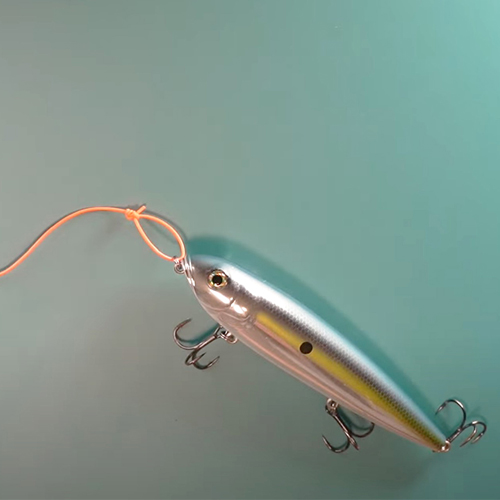Drilling Ice Fishing Holes
From knowing how to pinpoint the perfect spot for drilling to the optimal tools to use, mastering how to drill ice fishing holes is essential to a successful outing.
Ice Fishing Basics
Ice fishing is a popular sport for those anglers looking to extend the fishing season year-round. And it can yield some great catches as well like largemouth bass, walleye, and trout. If you’re a novice, the key is to know how to get started. To learn how to fish on frozen water, here are some tips to keep in mind:
- The equipment is different. While you may use a rod, ice fishing rods are typically shorter than the rods you normally use since you’ll only need to drop the line in once the hole is drilled, which is why most ice fishing rods average around 24 inches. And you may not even have to use a reel. Instead, you can just dangle the bait in the water. Another option is to use a trap with bait inside. Just be sure to check any local regulations beforehand that may dictate how many traps you can set out.
- For your bait, try using simple live choices like minnows, maggots, or grubs, wax worms, which are bee moth larvae. Keep in mind, however, that fish tend to prefer moving targets.
- To find the best spots to head, ask local bait shops and anglers about lakes and ponds they recommend. If you see lots of other angers on the ice, it’s likely a spot where the fishing’s good and the ice is safe.
How to Drill an Ice Fishing Hole
Drilling ice fishing holes is a critical element of a successful outing. To cut a hole, or multiple holes, you’ll need the right equipment. The cheapest and most accessible option is a hand auger, although it will require a lit bit of time and effort. Just place the blade on the ice and turn the handle to drill your hole. Another option is to use a power auger, either gas powered or cordless. Either way, be sure to choose the right size to match the species you’re after. If, for instance, you’re targeting smaller fish, you can probably use a six-inch bit while large species may require a 10 inch. For the large species, a chainsaw might even be the better choice to drill your ice fishing hole.
Safety Tips for Ice Fishing
While ice can be inviting, before you step out on what you think is frozen water, you’ll want to test the surface to make sure it’s safe by measuring the thickness of the ice to make sure it can support you and your gear. For most anglers, that means targeting about four inches in depth, although if you plan to head to your fishing spot on a snowmobile, you should be at 10 inches. To measure the thickness, you can use a cordless drill or even a chisel. And remember that moving water doesn’t form ice that’s very strong so it’s best to avoid ice fishing on rivers.
You’ll also want to protect yourself while out on the ice with the proper gear. Lots of footwear options are available that can help you get a grip, like ice cleats that will reduce the likelihood of a slip and fall. Be sure you wear insulated boots as well as warm, waterproof clothes. You’ll also want to have a life preserver on hand as well as a rope that you can throw out to any fellow angler who may fall through the ice.
KEEP LEARNING

How to Tie the Non-Slip Loop Knot
The non-slip loop knot is a popular and reliable choice for securing hooks, lures, and other tackle to your fishing line.
LEARN MORE

Socials
Take me fishing social media links
LEARN MORE

TakeMeFishing x Teen Vogue
Join us on a creative journey as fashion designer Ahmrii Johnson walks us through her collaborative vision and process with Teen Vogue and fashion brand, Rentrayage, to create a special piece.
LEARN MORE


.png?lang=en-US&ext=.png)